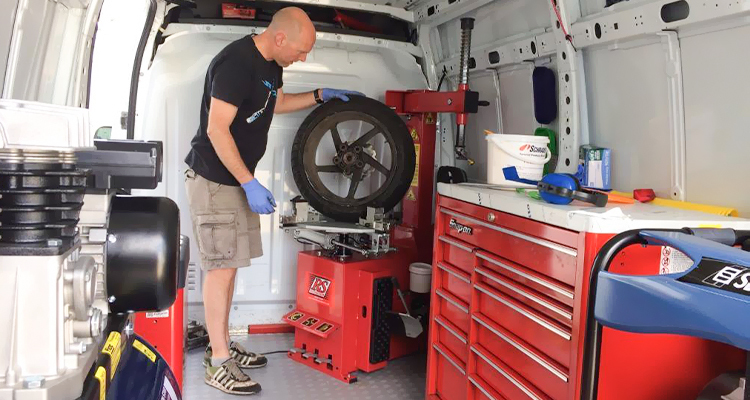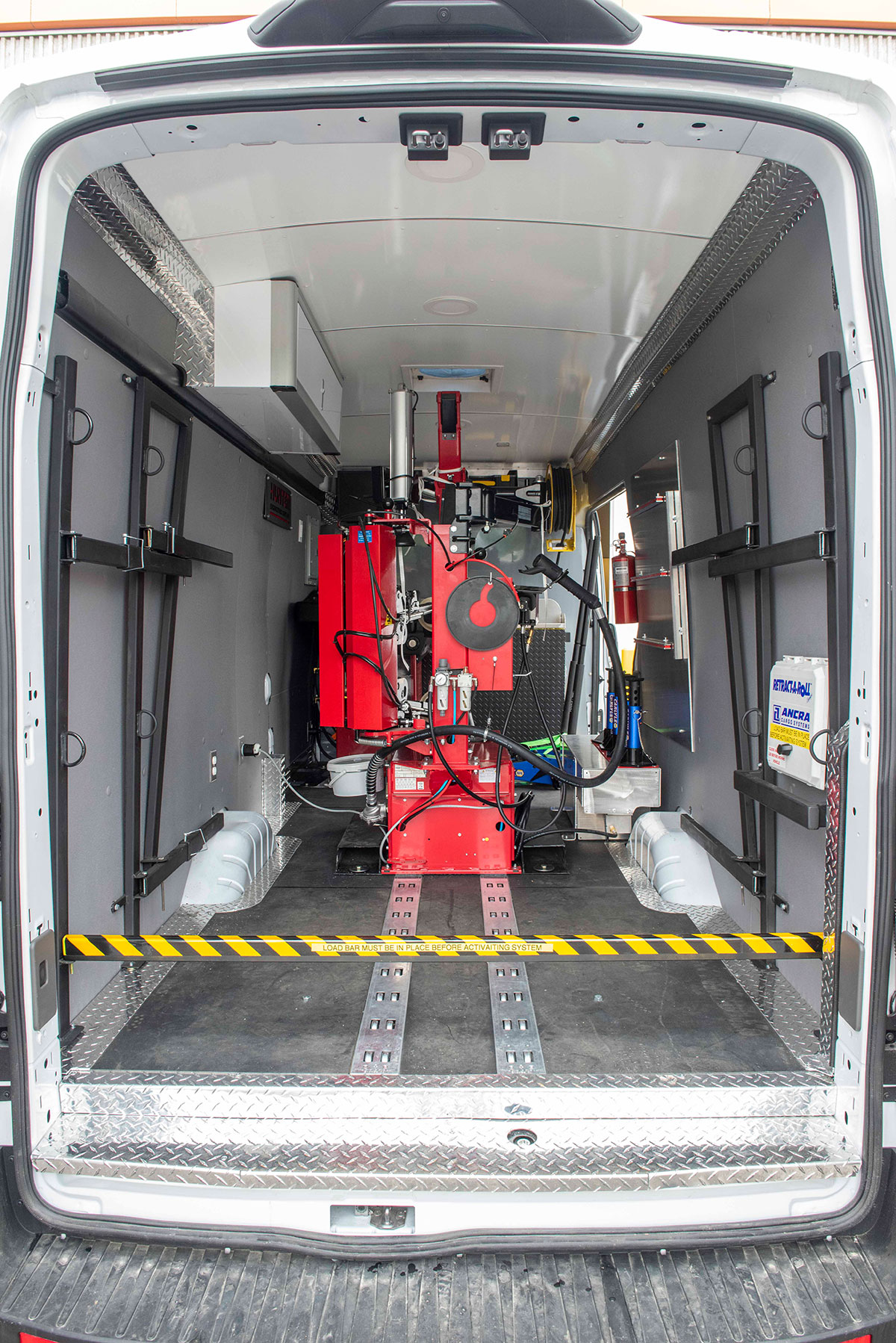Tire Solution: Proven Techniques for Ideal Tire Maintenance and Care
From guaranteeing correct tire pressure to normal rotation and positioning, there are tried and tested techniques that can substantially extend the lifespan of your tires and improve overall driving experience. Allow's dig right into the globe of tire solution and find the tricks to keeping your tires in superior form for the lengthy haul - Mobile Tire Replacement Las Vegas.
Value of Tire Stress
Proper tire stress is an important consider guaranteeing optimum lorry efficiency and safety and security on the road. Maintaining the recommended tire stress degrees provided by the manufacturer uses numerous advantages. To start with, sufficient tire stress promotes far better gas effectiveness, as under-inflated tires can cause increased rolling resistance, triggering the engine to work more challenging and take in more fuel. Secondly, proper tire pressure makes sure even tread wear, enhancing tire long life and saving money over time by postponing the requirement for premature replacements. Additionally, properly blew up tires add to improved handling and stopping capabilities, crucial for secure driving in numerous road problems. Over-inflated tires, on the other hand, can cause decreased grip and a harsher experience. Conversely, under-inflated tires are vulnerable to overheating, which can bring about blowouts and accidents. Regularly inspecting and adjusting tire stress, especially eventually trips, is a basic yet efficient way to improve vehicle performance, expand tire lifespan, and focus on security when traveling.
Tire Turning Standards
When thinking about tire turning guidelines, it is important to recognize the significance of this upkeep task in taking full advantage of tire lifespan and keeping optimal lorry performance. Tire turning involves transforming the position of each tire on a lorry to make sure even walk wear. Front tires often tend to use extra rapidly than back tires due to steering forces, making normal rotation crucial for balanced wear patterns.

Benefits of Wheel Placement
Making sure appropriate wheel positioning after tire turning is vital for keeping well balanced wear patterns and making the most of car efficiency. In addition, appropriate wheel positioning assists to extend the lifespan of your tires. Misaligned wheels can create irregular tire wear, leading to early tire replacement and enhanced maintenance prices.

Tire Tread Depth Examine
Carrying out a routine examination of tire tread depth is crucial for maintaining safe driving conditions and extending the life-span of your tires. The tread on your tires plays a critical role in offering traction, particularly in unsafe or wet conditions. To inspect your tire step deepness, you can make use of a tread depth gauge or the penny test. The suggested walk deepness goes to the very least 2/32 of an inch. If the tread depth is below this threshold, it is time to replace your tires to guarantee ideal efficiency and security when driving. Irregular step wear can show concerns with tire stress, alignment, or suspension, highlighting the relevance of normal step deepness checks. Ignoring to keep an eye on and preserve appropriate walk depth can lead to reduced grip, longer braking ranges, and a raised threat of hydroplaning. By including tire walk depth checks right into your regular upkeep routine, you can drive with confidence knowing that your tires remain in leading condition.
Seasonal Tire Assessment
Seasonal tire examination is a fundamental element of tire maintenance that guarantees tires are prepared to face the obstacles presented by different weather condition problems. In prep work for winter, it is important to check the tire pressure consistently as chilly temperatures can cause tire stress to drop. By conducting regular seasonal tire examinations, vehicle drivers can extend tire life expectancy, enhance gas effectiveness, and most significantly, ensure a safe and secure driving experience in differing weather condition conditions.
Verdict
Finally, preserving proper tire stress, turning tires frequently, aligning wheels correctly, keeping track of tread deepness, and carrying out seasonal inspections are essential techniques for reference optimum tire treatment. By following these confirmed approaches, chauffeurs can guarantee their tires last longer, execute much better, and add to general lorry security. It is important to focus this website on tire maintenance to avoid mishaps, improve fuel performance, and extend the life-span of tires.
Appropriate tire stress promotes far better fuel effectiveness, as under-inflated tires can lead to increased rolling resistance, triggering the engine to work tougher and consume more gas.When considering tire rotation standards, it is vital to recognize the significance of this upkeep task in optimizing tire life expectancy and keeping optimum automobile efficiency. Seasonal tire examination is an essential aspect of tire upkeep that makes sure tires are all set to deal with the difficulties positioned by different climate conditions. By performing regular seasonal tire inspections, chauffeurs can lengthen tire have a peek at this website life expectancy, boost gas effectiveness, and most notably, guarantee a safe and secure driving experience in varying weather conditions.
In verdict, keeping appropriate tire pressure, turning tires regularly, aligning wheels correctly, keeping an eye on walk depth, and carrying out seasonal evaluations are necessary methods for ideal tire care.